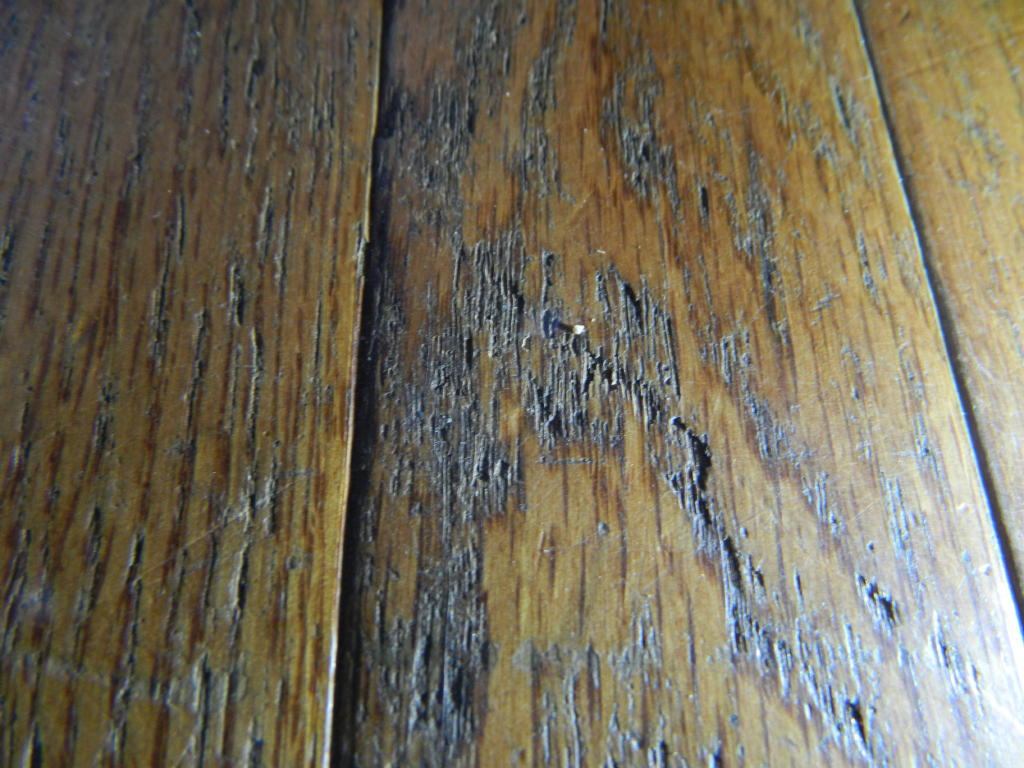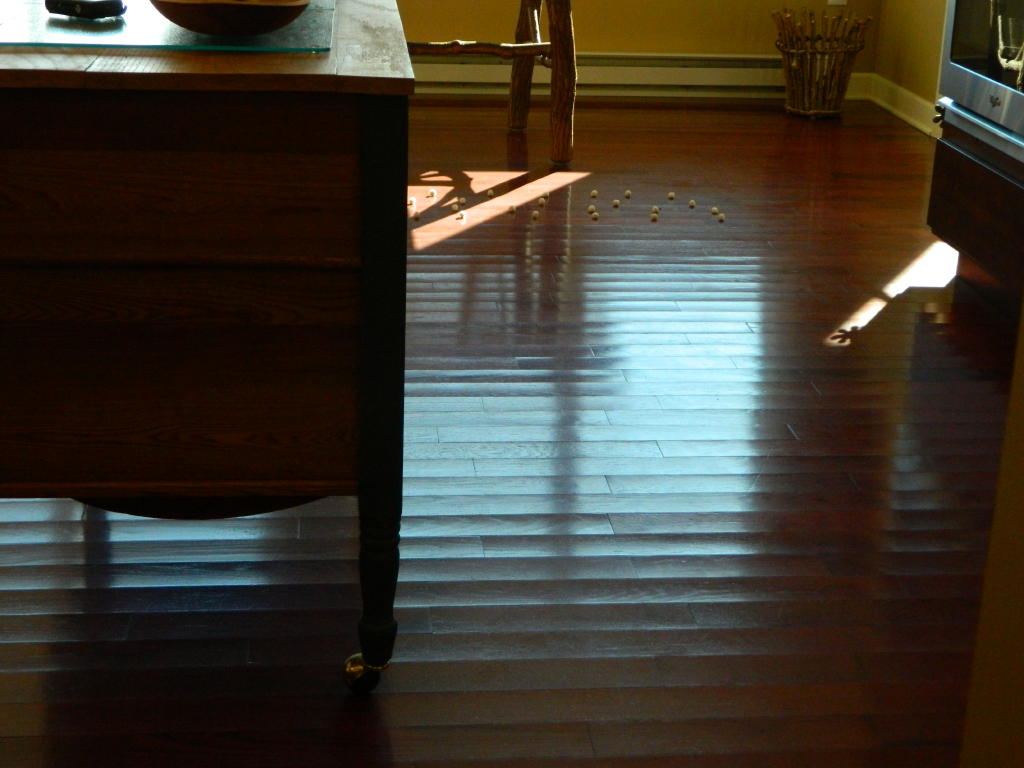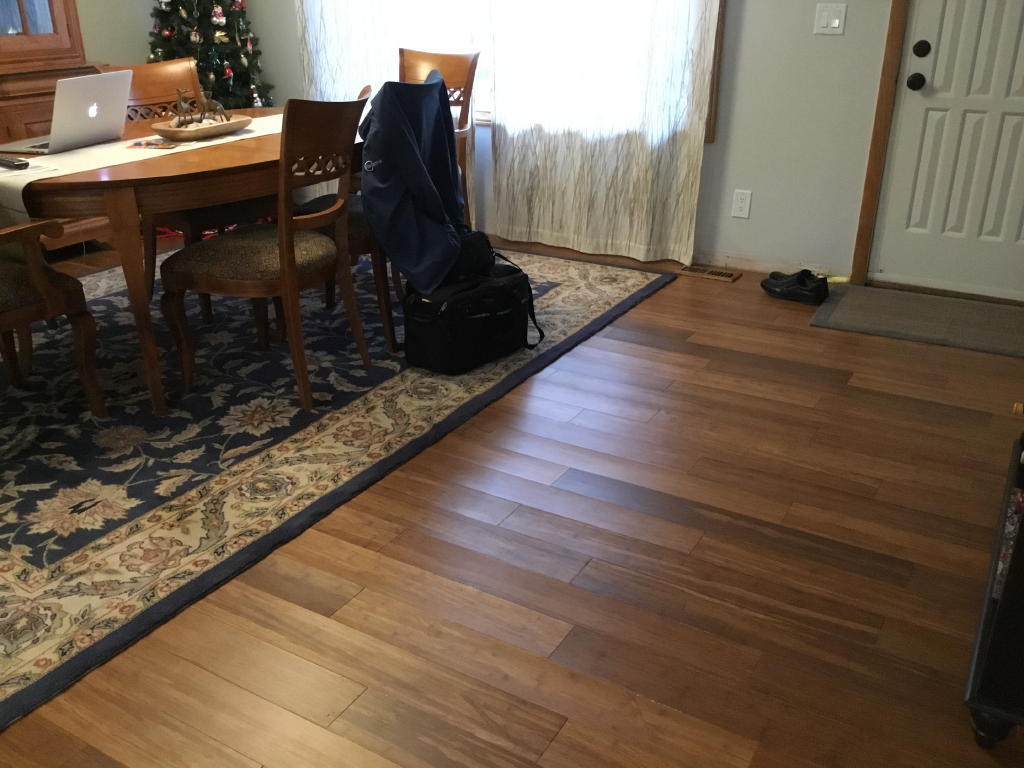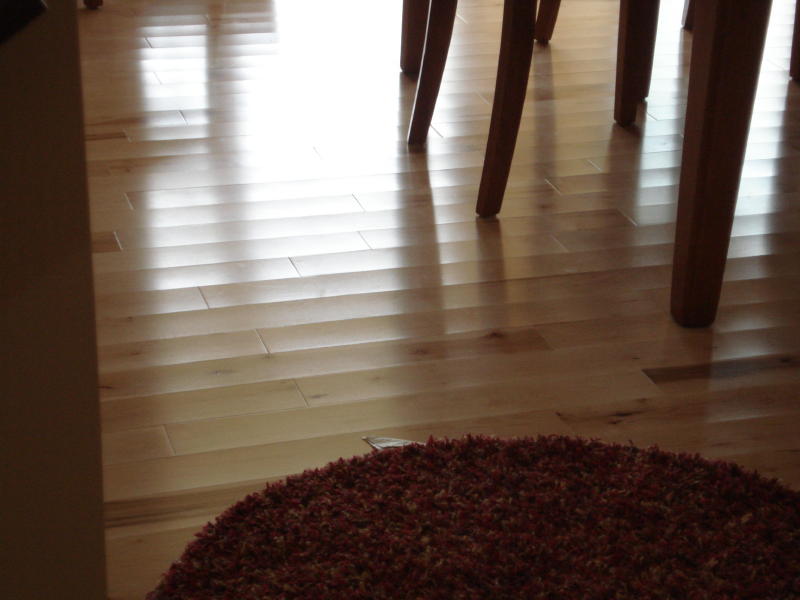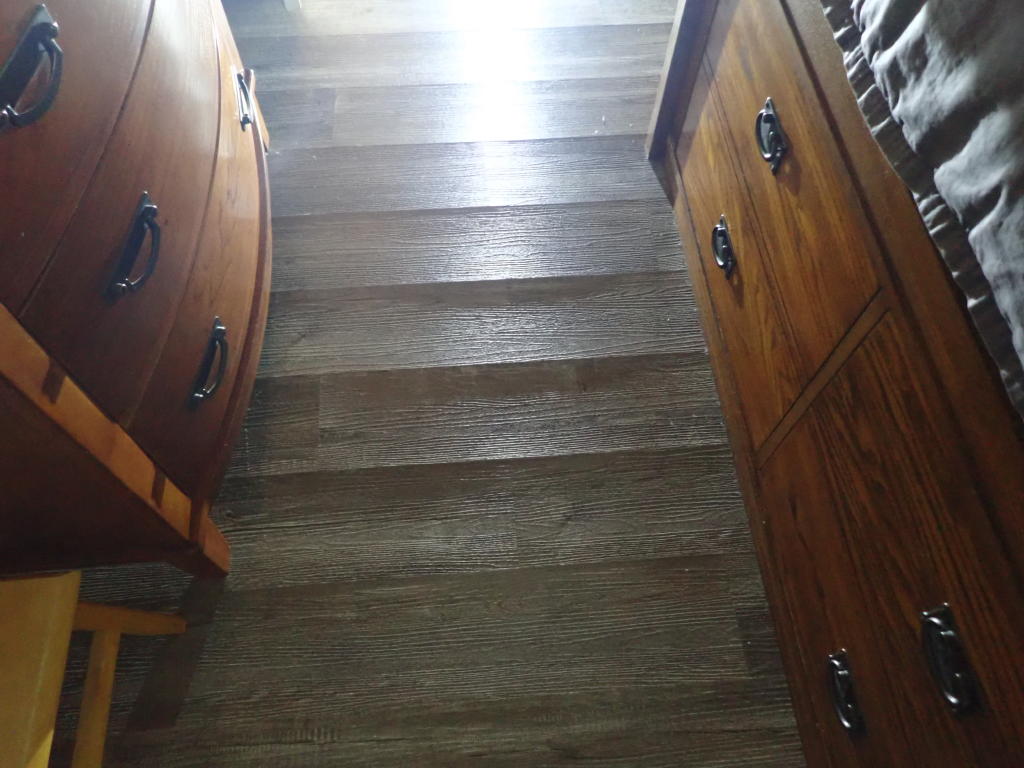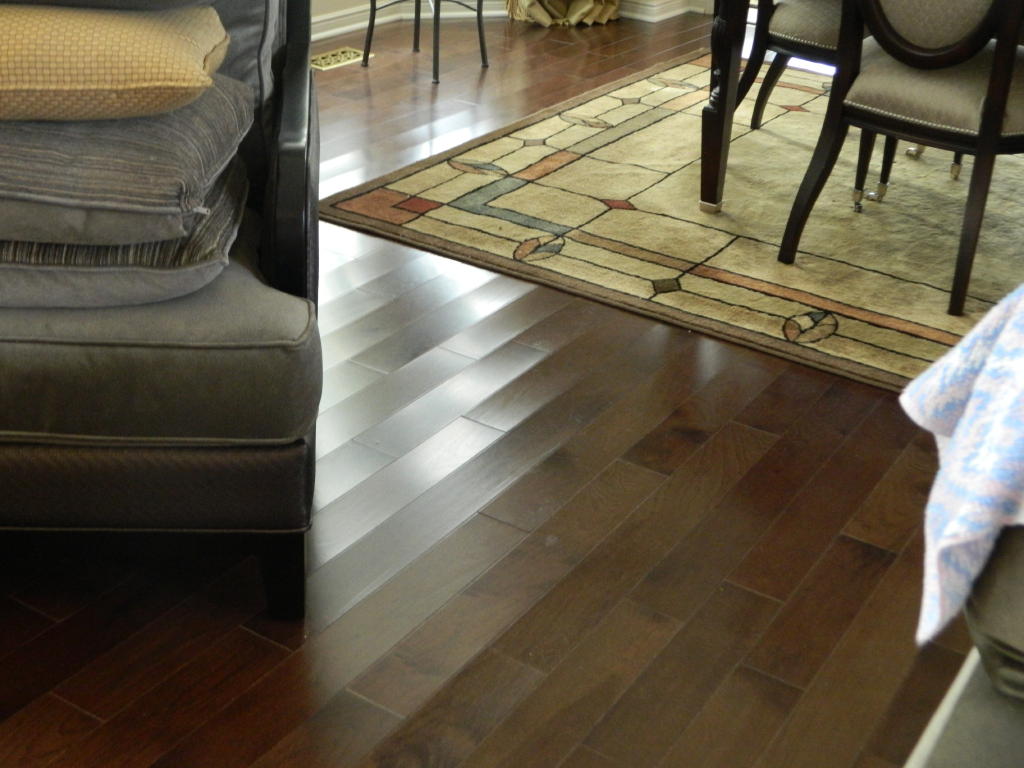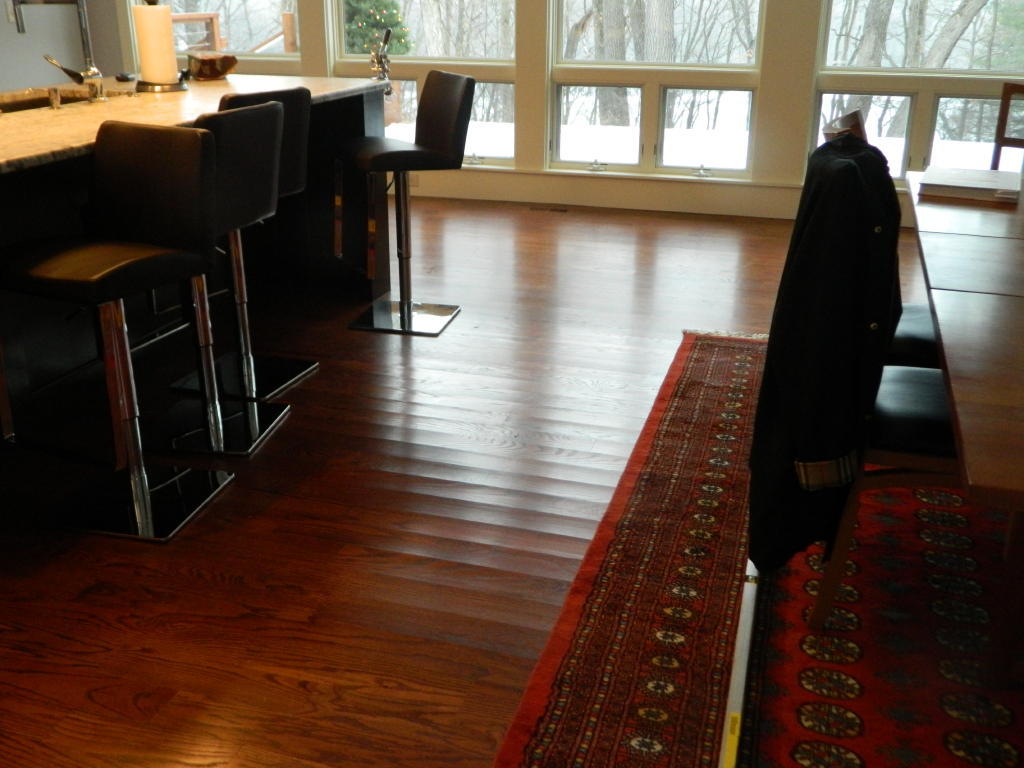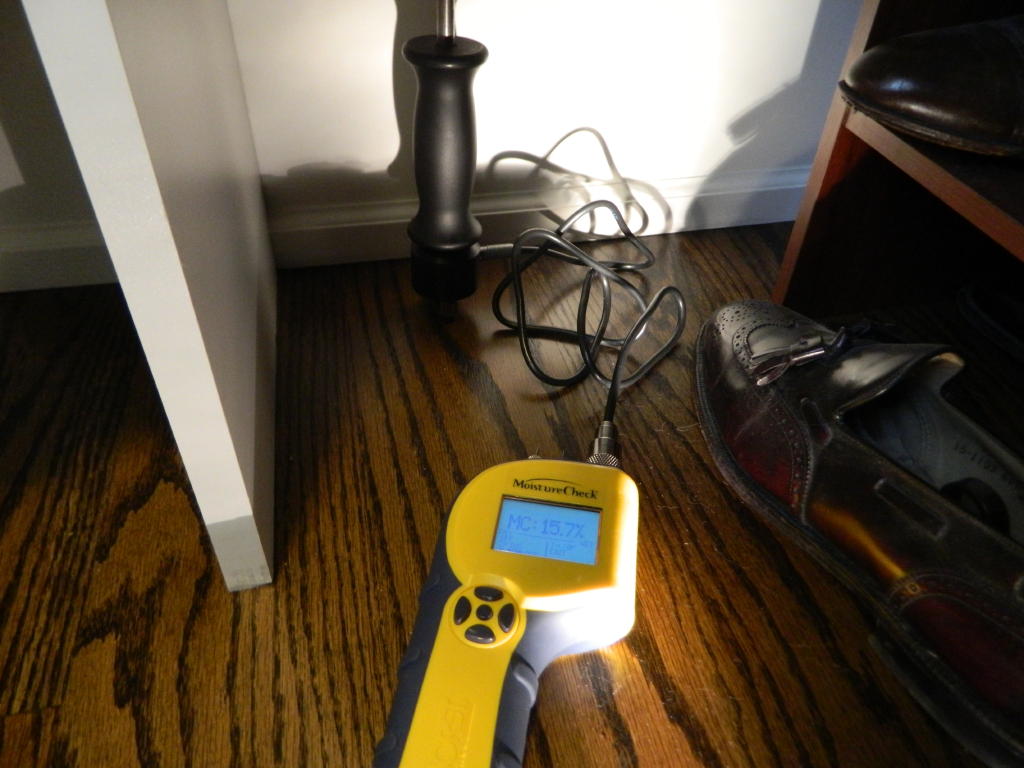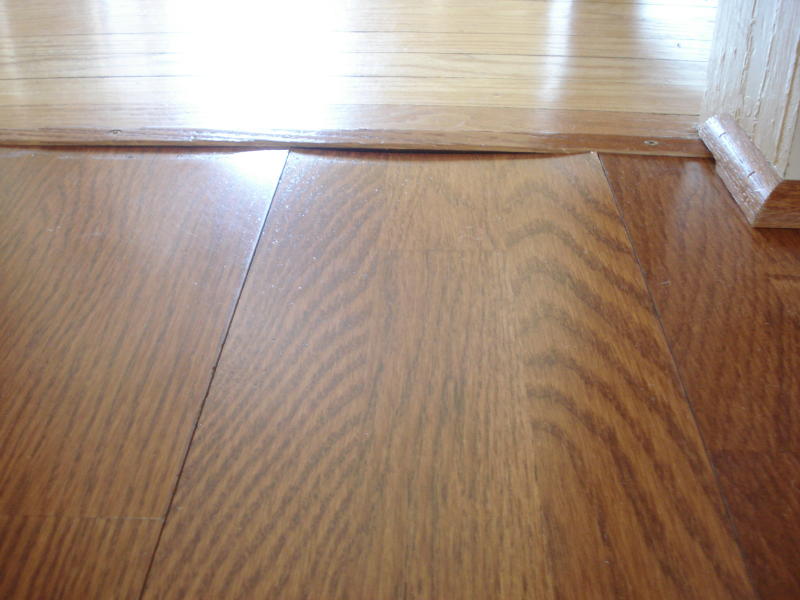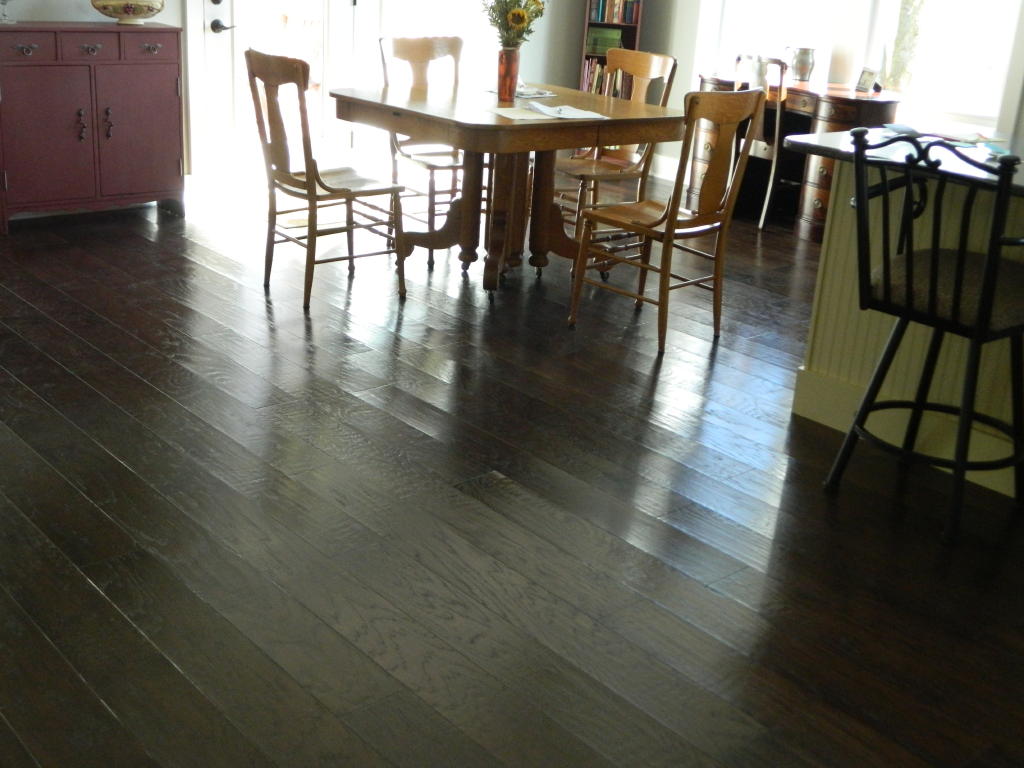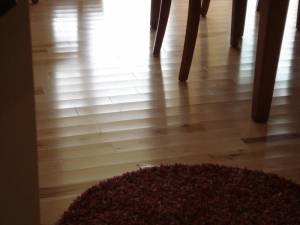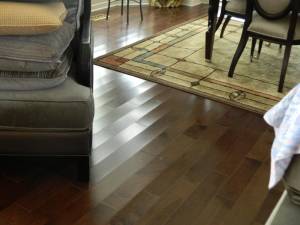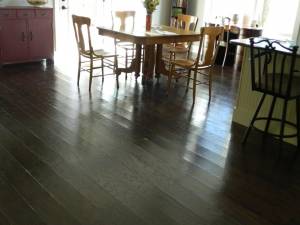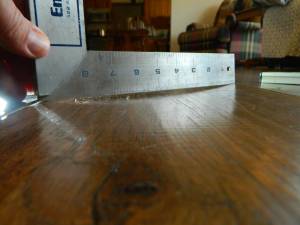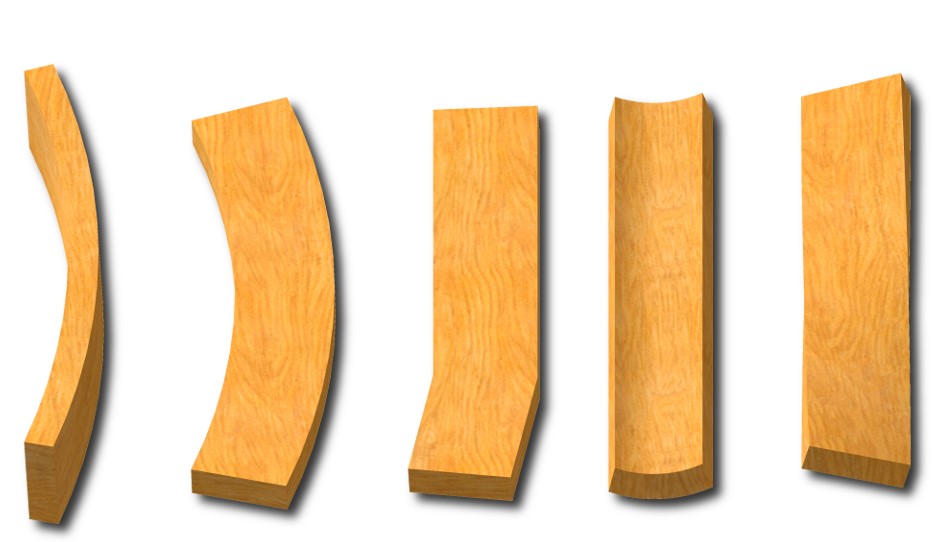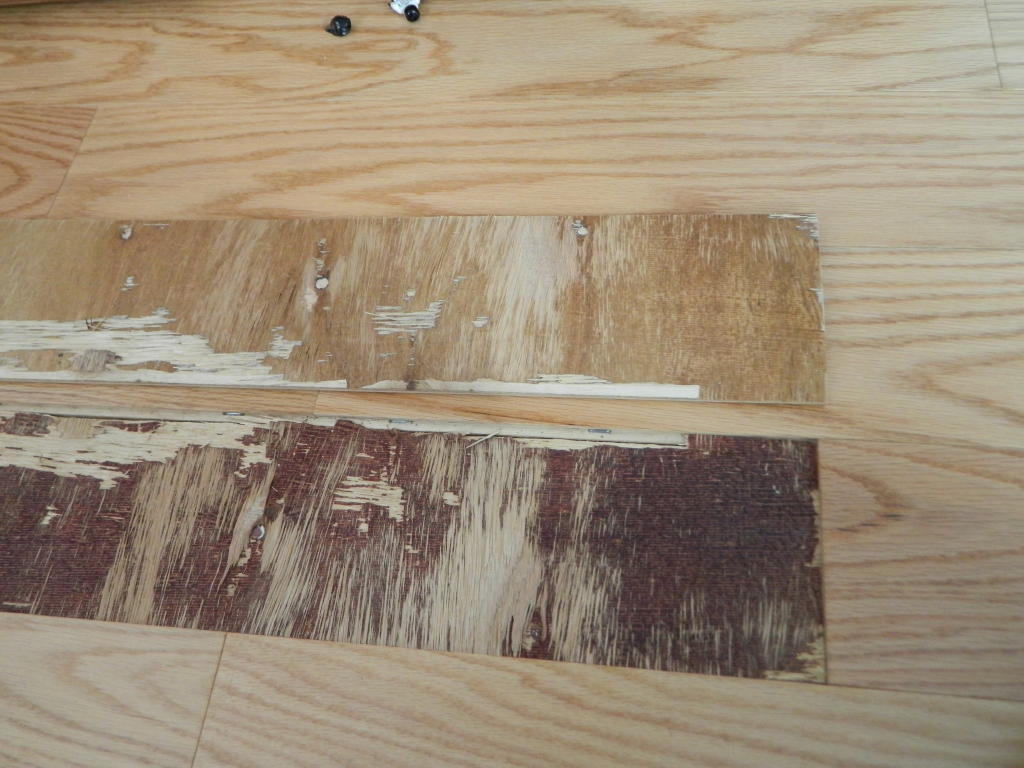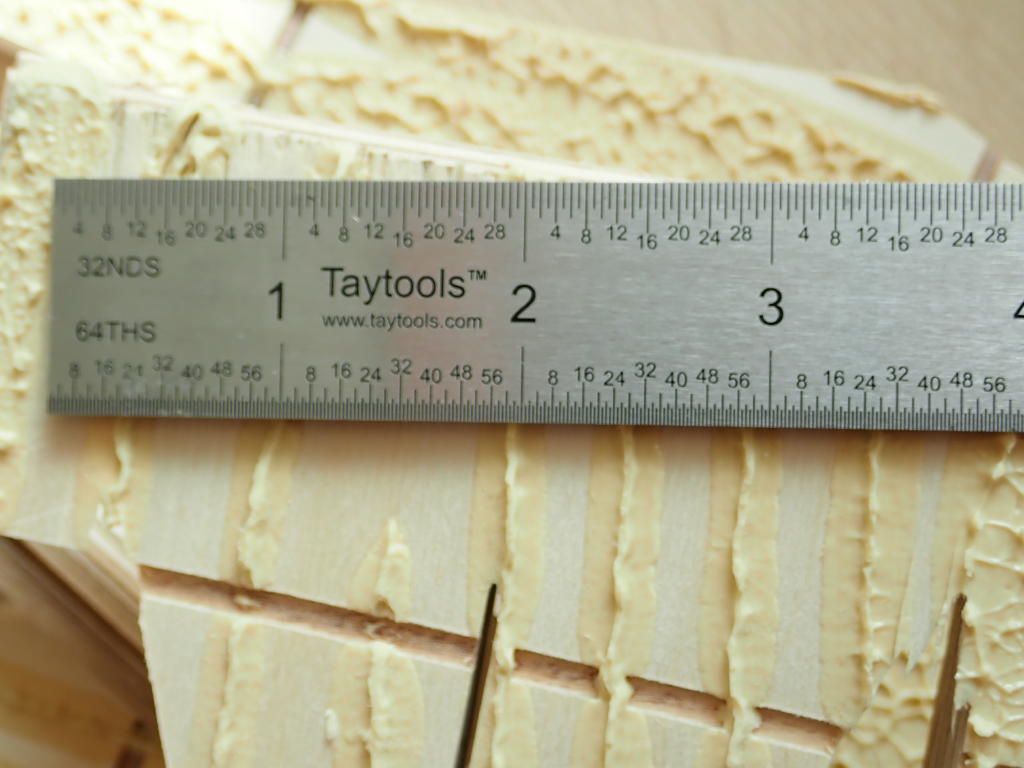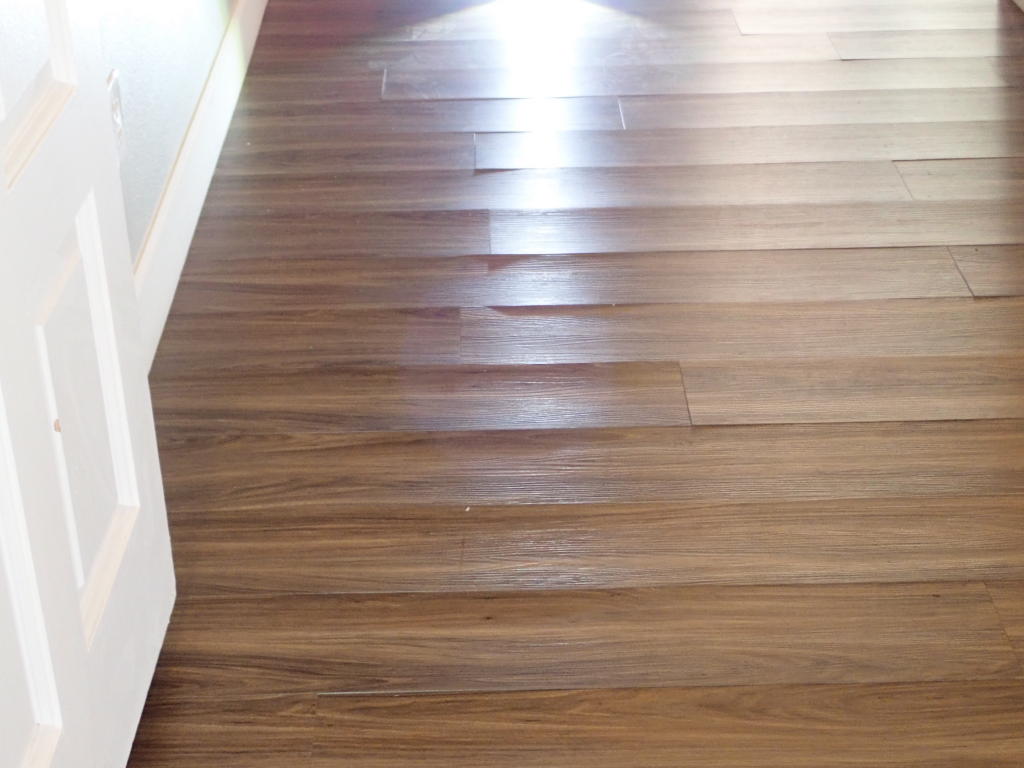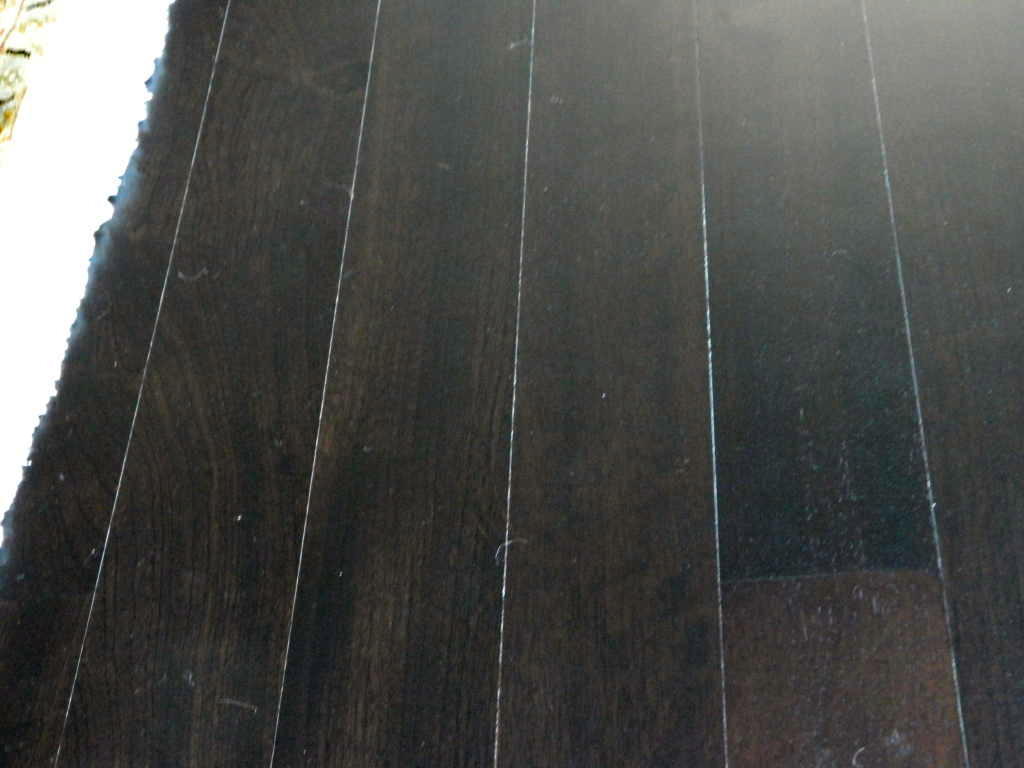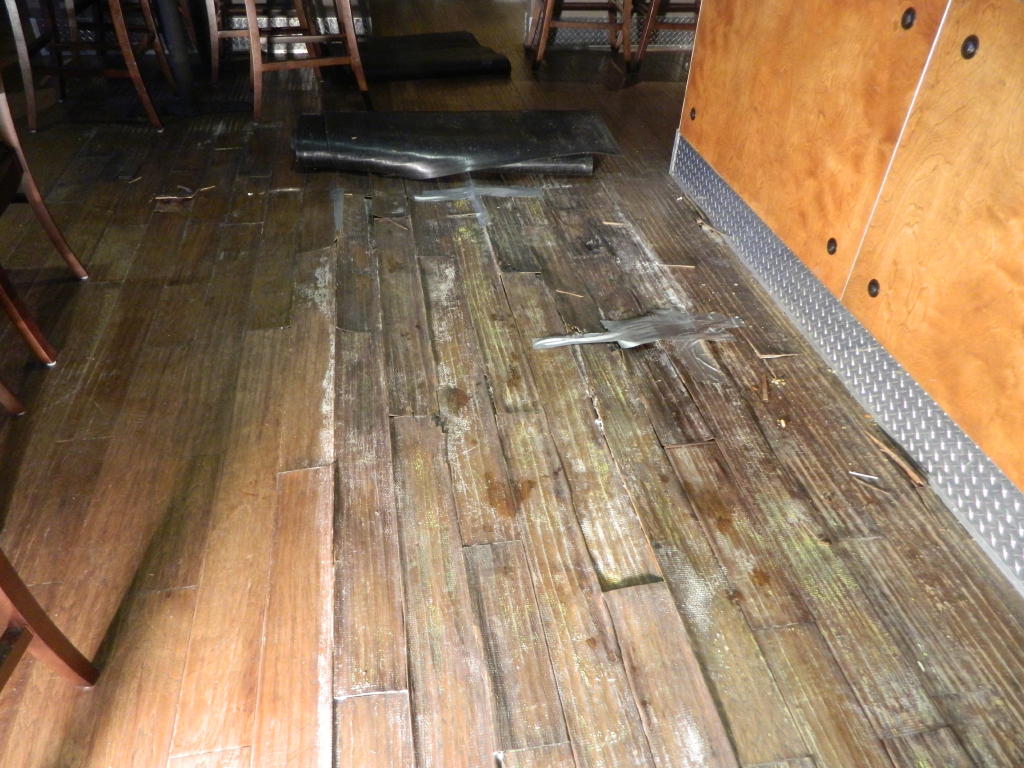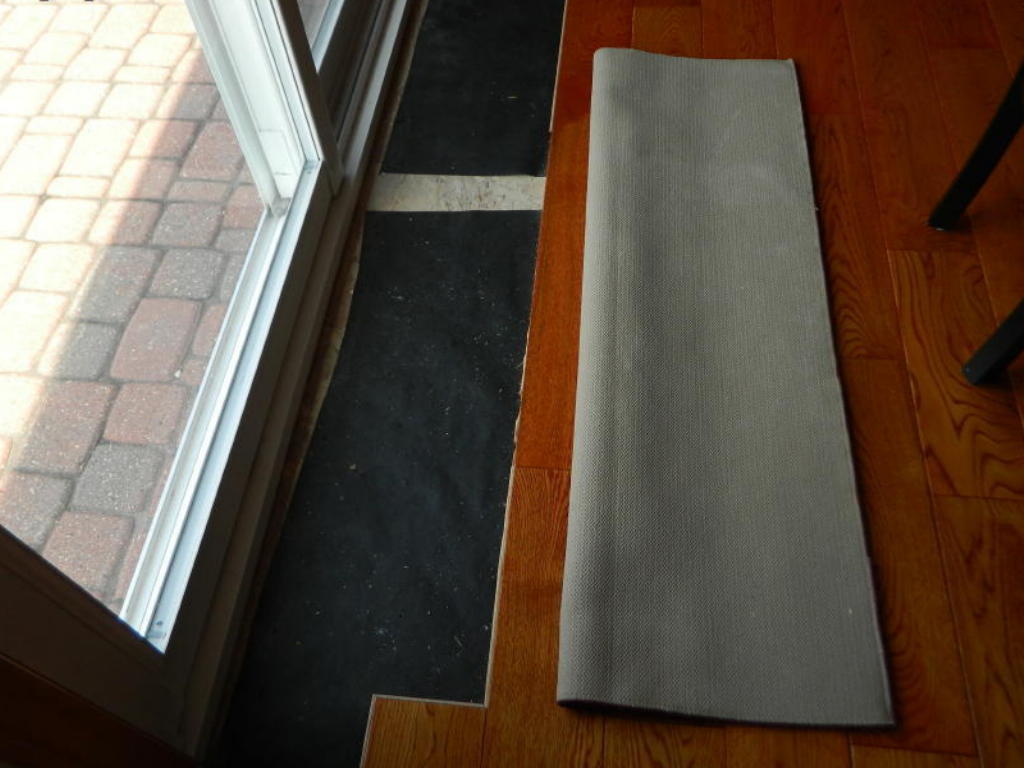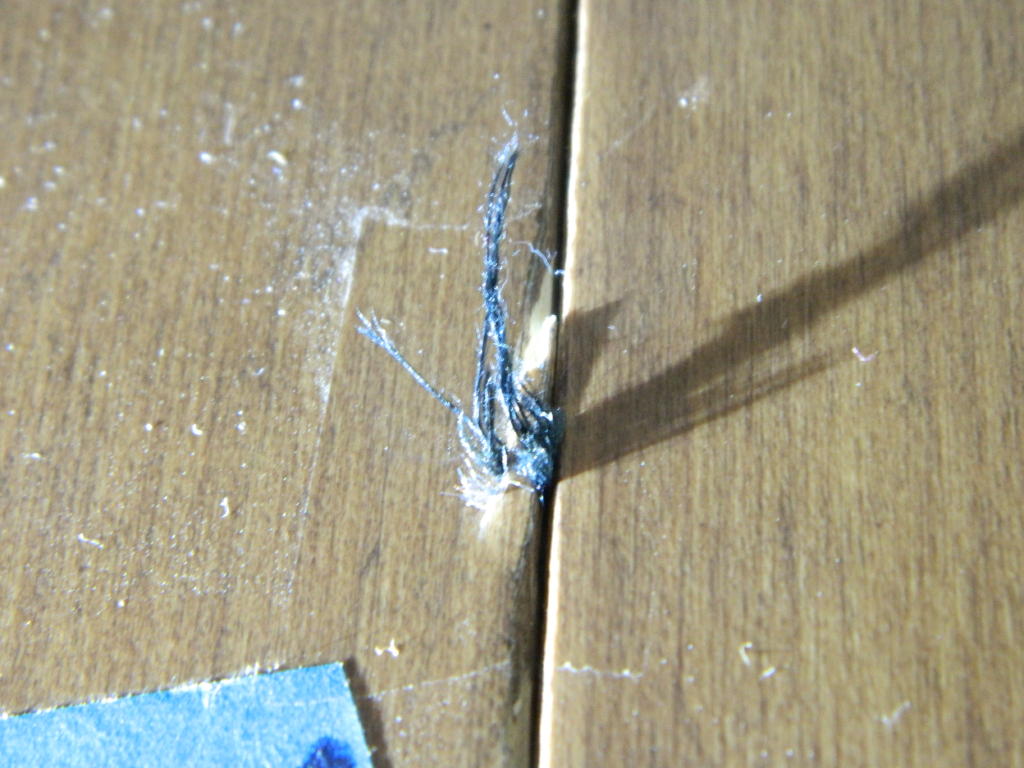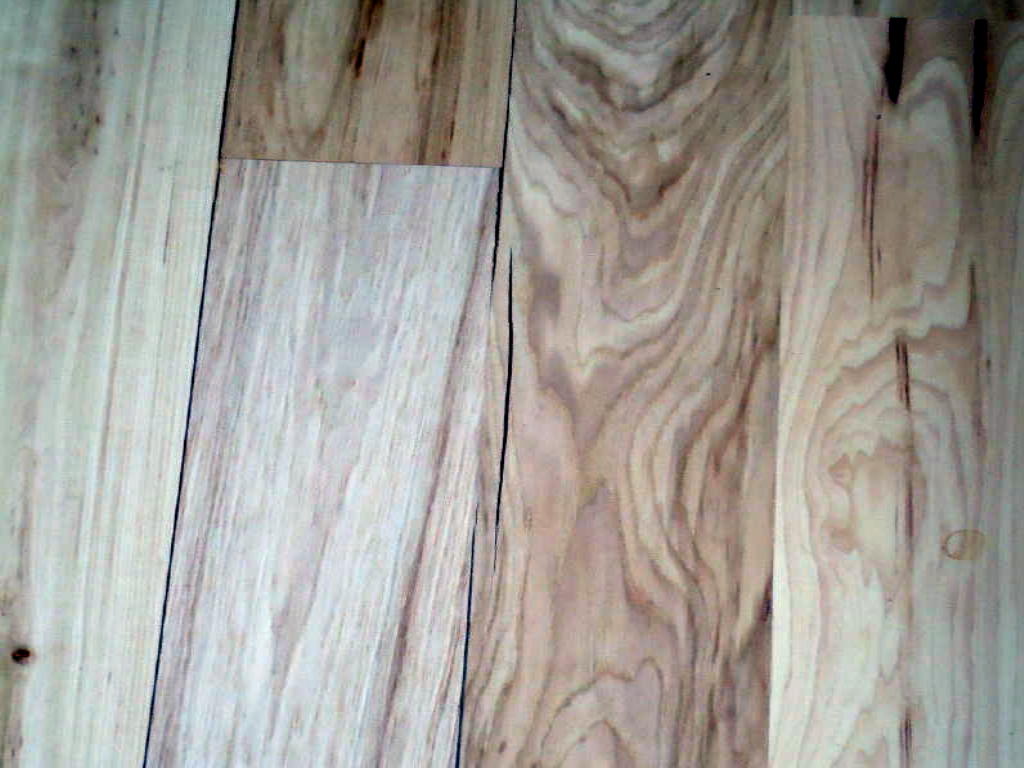Cupping

Cupping

Cupping

Cupping

Moisture imbalance

Cupping

Moisture imbalance

Moisture imbalance

Measuring cupping at different depths within the board

Board edges are higher than the centers

Cupping

Board edges are higher than the centers
What you need to know
Cupping of hardwood appears as a convex or dished surface profile across the width of boards and occurs as a result of a moisture imbalance, whereby the bottoms of the boards contain higher moisture than the tops. Oftentimes a cupped flooring surface will appear as a rippled or washboard in the installed floor. Lighting conditions often enhance the cupped appearance of the floor. The source for cupping is environmentally driven and most commonly originates from elevated moisture conditions in the subfloor, which then infiltrate into the bottom of flooring boards following installation and cause a moisture imbalance. This condition can develop …..
Industry Standards
The 2018 National Wood Flooring Association publication C200 hundred, Problems, Causes and Cures states the following on page 6.
Cupping: definition: A concave or…..
Technical Guidelines
Please subscribe to see all content
August 7, 2023
The 2018 National Wood Flooring Association Publication C200, Problems, Causes, and Cures, states the following on page 14. Splits/Cracks Definition:...
Read More
December 5, 2022
What you need to know The National Wood Flooring Association (NWFA) states the following on page 4 of the 2018...
Read More
January 1, 2022
What you need to know The National Wood Flooring Association (NWFA) states the following on page 9 in 2018 Technical...
Read More
October 20, 2021
The National Wood Flooring Association (NWFA) states the following on page 28 of the 2018 Technical Publication C200, Problems,...
Read More
March 22, 2021
What you need to know The National Wood Flooring Association states the following on page 8 of the 2018 Technical...
Read More
March 17, 2021
What you need to know White Line Syndrome (WLS) is a condition that can occur on a site-finished floor that...
Read More
March 17, 2021
What you need to know Water damage to laminate and hardwood flooring can be caused by several factors: Moisture seepage:...
Read More
March 16, 2021
What you need to know A vapor retarder is a vapor-resistant material. In new construction, vapor retarders are often architecturally...
Read More
March 16, 2021
What you need to know The National Wood Flooring Association states the following on page 14 of the 2018 Technical...
Read More
March 16, 2021
What you need to know Side bonding is a condition whereby wood flooring boards are unintentionally glued together along their...
Read More

